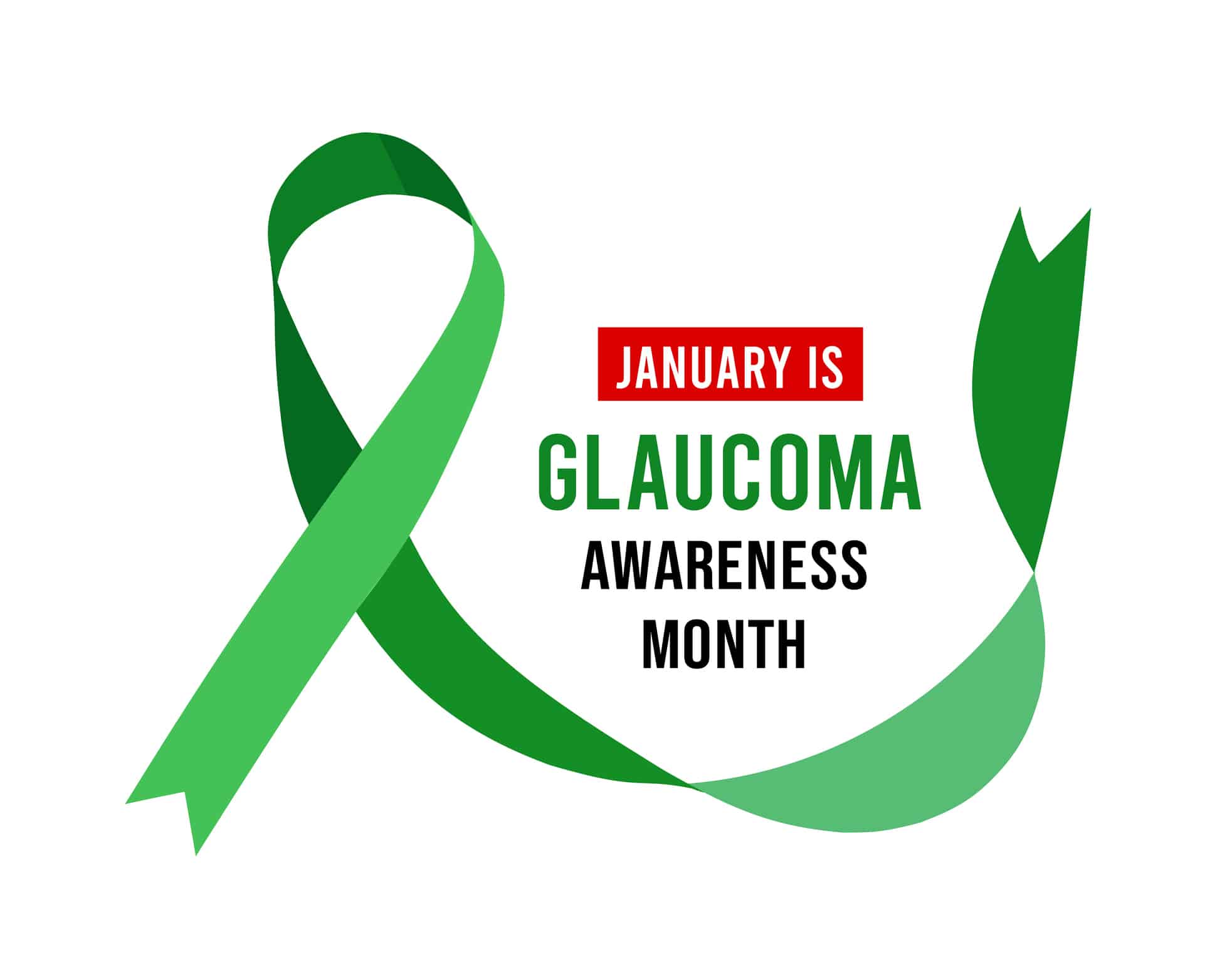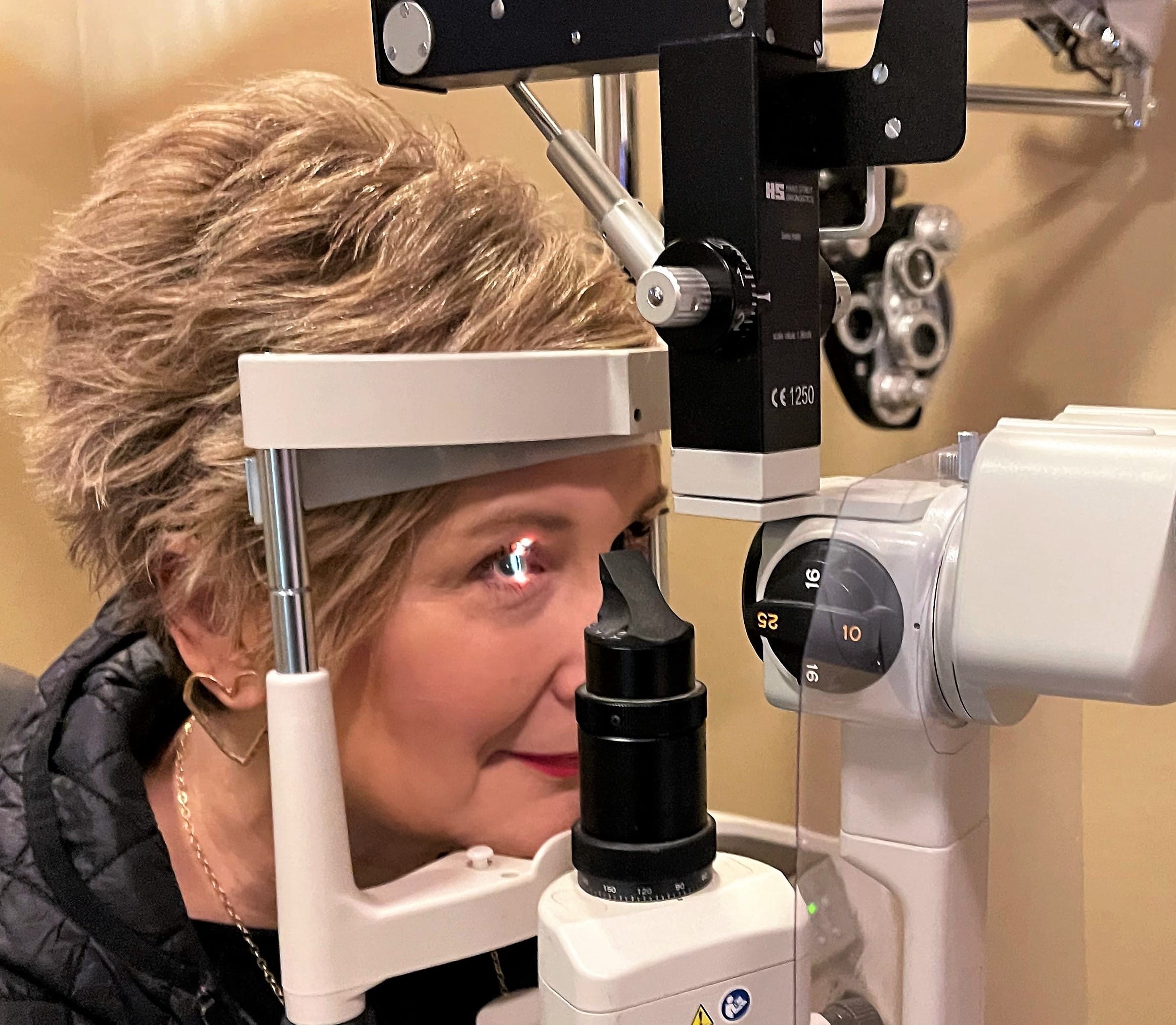
An estimated 3 million Americans currently have some form of glaucoma, a serious eye disease that accounts for some 120,000 cases of blindness each year.
But there’s something even more stunning about these numbers: Experts estimate only about half of those affected know they have the disease.
“We often refer to glaucoma as the ‘silent thief of sight,'” says Dr. Adam Quinn, eye surgeon and glaucoma specialist with Hattiesburg Eye Clinic. “It’s called that because the disease gradually damages the eyes over time, while the patient often remains unaware of it until much of the harm is done.”
To call attention to this destructive eye disease, the American Academy of Ophthalmologists sets aside each January as Glaucoma Awareness Month. Dr. Quinn and his colleagues want to alert everyone to the causes and effects of glaucoma-and how to reduce the potential damage to sight.
Glaucoma presents itself as abnormally high pressure of the intraocular fluid (or aqueous humor) that cleanses and protects the eyes. The pressure builds because the eyes can’t adequately drain any excess fluid. Over time high eye pressure may permanently damage the optic nerve, causing significant vision impairment and blindness.
Structural flaws within the eye can cause inadequate drainage, a type of glaucoma known as acute angle closure. But the more prevalent type, open-angle glaucoma, is an inherited trait that causes the eye’s drainage canals to easily clog.
“It’s important for people to realize that glaucoma tends to run in families,” says Dr. Quinn. “Although every person should be concerned about the disease, those with a family history should be hyper-aware about the potential threat to their eyes.”
It’s also worth noting that the earlier cited statistic on the prevalence of glaucoma isn’t static-it’s growing. That’s because glaucoma becomes more apparent as people age; and with the swell of Baby Boomers entering old age-and the lengthening of the average lifespan-cases of age-related diseases like glaucoma are naturally on the rise.

As a result, Dr. Quinn and other providers expect cases to grow significantly over the next decade, with many regions experiencing a strain on their healthcare system trying to keep up with patient diagnosis and treatment. While Dr. Quinn is the only full time, fellowship trained glaucoma specialist in South Mississippi he doesn’t believe Mississippi will face that kind of crisis.
“Personally, I think Mississippi is in a fairly good position. There are a number of glaucoma specialists in the state to care for advanced cases and an ample number of ophthalmologists and optometrists who can diagnose and offer non-invasive treatments for early intervention to save sight.”
Vision providers are also supported by several treatment breakthroughs that have occurred over the last couple of decades, which have opened up more options for patients at various stages of the disease. These range from traditional medicated drops for lowering eye pressure to more invasive procedures that improve fluid drainage.
“We now have an impressive array of treatments that can help us better manage the disease for individual patients,” says Dr. Quinn.
As a board-certified glaucoma specialist, Dr. Quinn can administer the most advanced of these treatments. Even so, many patients referred to him with late-stage glaucoma have already experienced significant damage to their vision.
“In my role as a glaucoma specialist, I inevitably see cases of advanced disease with significant sight damage. I often have to tell these patients that we’re already behind the 8-ball, so to speak, even though they can still see adequately to some degree. The brain’s ability to adapt accounts for much of this, which can ‘fill in’ some of the missing parts of our eyesight.” Says Dr. Quinn.
The goal in these cases is to stop any ongoing damage as much as possible and preserve what sight remains. But this leads to what Dr. Quinn believes is the most important thing people should know and do to minimize their chances of sight impairment from glaucoma.
“The earlier we can detect the presence of high intraocular pressure, the more effective our treatments to preserve sight. Fortunately, we can easily detect any abnormal pressure through a routine eye exam.”
Dr. Quinn recommends that all adults undergo annual eye exams beginning around age 40, and much earlier for those with a family history of the disease. If found early, it’s much easier to maintain normal eye pressure and make optic nerve damage less likely.
Glaucoma can’t be cured-the disease requires ongoing management for the rest of an affected person’s life. But with today’s advanced tools-and the expertise provided by physicians and specialists like Dr. Quinn-patients with glaucoma can still overcome this serious threat to their vision.
For more information about glaucoma and possible treatment options, visit us at www.hattiesburgeyeclinic.com/services/glaucoma/. To learn more about how Hattiesburg Eye Clinic can improve your vision health, call 601-268-5910 (or toll-free 800-624-8254) or schedule a consultation with us at www.hattiesburgeyeclinic.com/contact-us/
